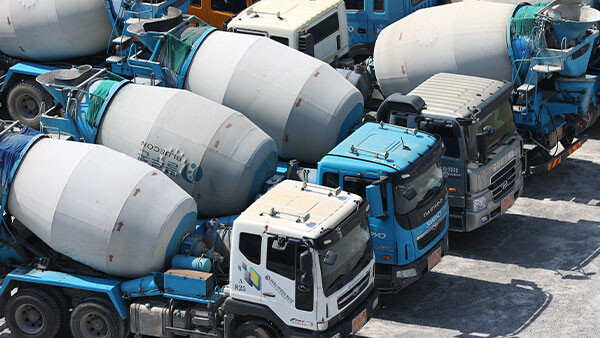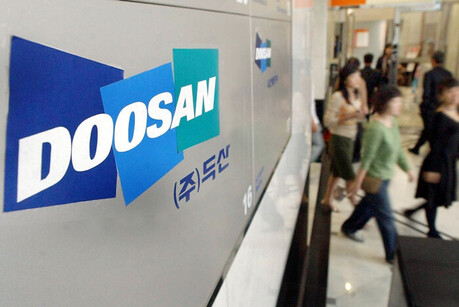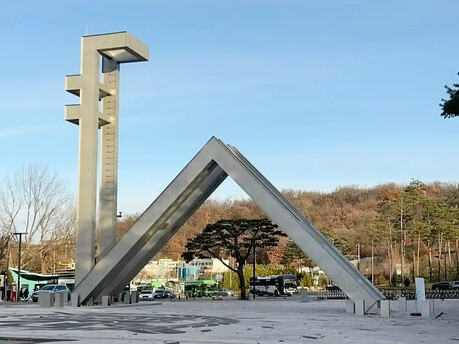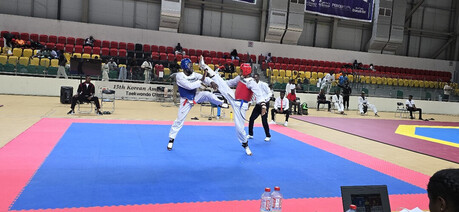
Seoul, South Korea – Despite entering the peak season for cement demand, major South Korean cement manufacturers are scaling back production. The downturn in the construction industry, particularly in new apartment construction, has led to a buildup of cement inventories, forcing companies to curtail operations at their kilns.
According to industry sources on November 18th, Hanil Cement has halted operations at two of its six kilns since July. While the company attributes this to scheduled maintenance, industry analysts believe it's a strategic move to adjust supply in line with dwindling demand. It's considered unusual to conduct extensive kiln maintenance during the peak season of October and November, just before the onset of winter.
Sungshin Cement has also suspended operations at two of its five kilns. One kiln has been idle due to aging, while the other was shut down in the second half of this year. Ssangyong C&E has extended the maintenance period for its 10 kilns from one month to a month and a half, citing a 20% decline in third-quarter shipments. Sampyo Cement is operating only five of its seven kilns.
As a result of these production cuts, total cement shipments this year are expected to fall short of the initial forecast of 44 million tons. Some analysts even predict that next year's shipments may drop below 40 million tons, compared to over 50 million tons last year.
The decline in shipments has significantly impacted the companies' financial performance. Ssangyong C&E, Sungshin Cement, and Asia Cement reported over a 30% decrease in operating profit for the third quarter compared to the same period last year.
Ready-mix concrete companies, which process cement for sale, have experienced an even steeper decline in earnings due to both falling demand and rising costs. Eugene Corporation's operating profit plunged 43.3% in the third quarter compared to the previous year, while Dongyang recorded an operating loss of 78.3 billion won. For the first nine months of the year, Eugene and Dongyang saw their operating profits decrease by 36.6% and 91.7%, respectively.
[Copyright (c) Global Economic Times. All Rights Reserved.]






























